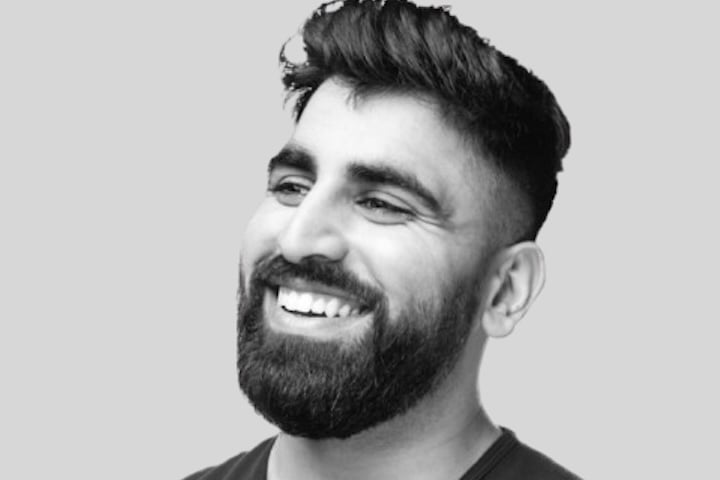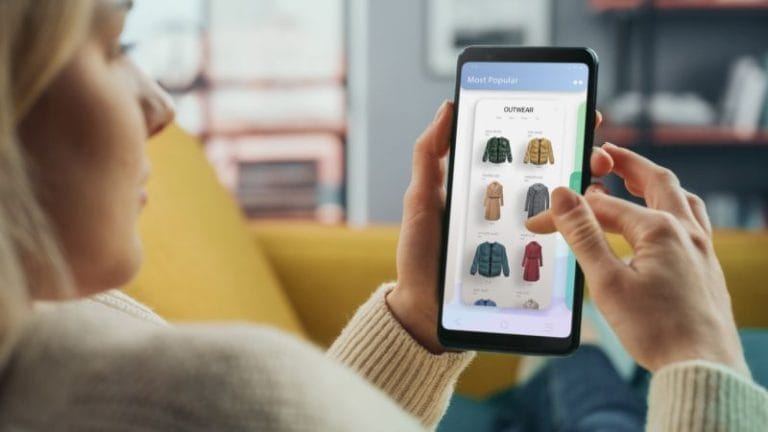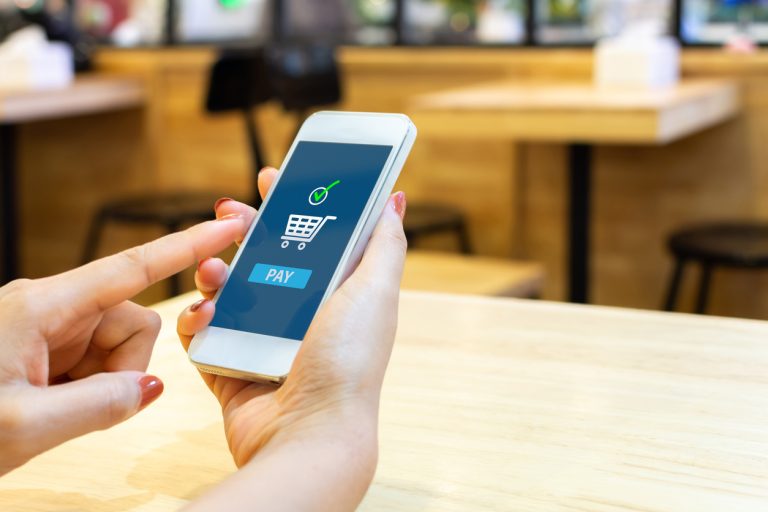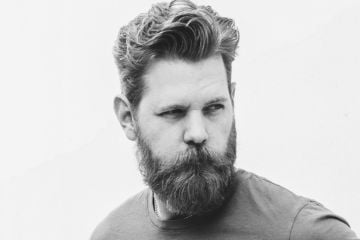
To Nik Sharma, companies that pursue short-term profits at the expense of branding face long-term hurdles. They often rely on advertising to gain sales and then struggle when the cost becomes prohibitive.
His agency, Sharma Brands, counsels the opposite: Create a positive name identity first. Affordable acquisition and retention follow.
He and I recently spoke, addressing brand strategies, successful companies, and more. The entire audio of our conversation is embedded below. The transcript is edited for length and clarity.
Eric Bandholz: Tell us about yourself.
Nik Sharma: I run Sharma Brands, a growth agency. We primarily focus on pre-launched brands or those earning over $30 million annually. Our main areas of expertise are website development and customer acquisition and retention.
Companies that succeed over time have strong brand recognition. When you see their logo or ad, you immediately feel something because of their consistent and intentional brand work. Brand perception goes beyond their website and ads. It’s about how people talk about them and whether they evoke a positive reaction.
The brands that thrive today often have invested in building their identity through creators or influencers. On the other hand, brands solely focused on performance and marketing struggle, even if they’ve achieved significant sales through ads. For example, one of our clients generates over $100 million in annual revenue, but they’ve been overly reliant on Meta ads and are now finding it difficult to acquire customers.
Bandholz: What channels are these brands finding success on?
Sharma: The key is figuring out how to become part of the culture. Some brands excel through product placement on television, while others send thousands of products to creators each month. The creators create buzz. Some brands build national events or work with YouTube influencers who become the faces of their campaigns. This kind of content-driven marketing leads to increased brand awareness.
A great example is Waterboy, an Austin-based workout hydration brand with a recognizable presence on TikTok. Their ads succeed because folks already know the brand through organic content and short-form videos. This recognition means they don’t need to take customers through a funnel to build trust — it’s already there.
Brands without this level of awareness, especially those under $10 million in yearly sales, face real challenges. They struggle to scale their customer acquisition and maintain low cost-per-acquisition without a solid product-market fit. Relying on paid media alone is tough if you haven’t established a recognizable brand.
If you’re starting, you can probably reach $100,000 in sales using Meta funnels, but scaling beyond that without solid brand equity becomes difficult. Building a brand is like paving a road. It doesn’t necessarily require spending on reach or billboards, but it’s about associating positive emotions with your brand. Performance marketing is the cars driving on that road. If you haven’t built brand awareness first, it’s a bumpy ride, and you end up paying for it with a higher CPA.
David Protein, a nutritional bar company, is an example of a brand we helped that did it right. They launched with a strong brand presence, reaching out to content creators and seeding many products, creating buzz. They flooded the market with influencers talking about their product, which led to a successful launch.
Bandholz: Did they have those relationships ahead of time?
Sharma: Surprisingly, no. From what I know, much of their success came from cold outreach — just contacting creators and saying, “Hey, we have something new.” Novelty played a role, too. Their bar is 28 grams of protein with 150 calories, which caught people’s attention. The site converts exceptionally well. They also launched a TikTok Shop, which was interesting, on the same day with a flash sale. So they got a bunch of social proof in the first 48 hours on TikTok Shop, which helped, too. They also had big podcasters talk about the product, though I’m unsure if that was through paid partnerships or personal connections.
Jolie, the showerhead brand, is another excellent example. They’ve invested heavily in content creation, focusing on native content that fits the platform. They work with various creators who use the content as ads. Then, Jolie runs some light retargeting stuff on Meta to capture the demand. They’re generous with their influencer program, sending products to creators who may not have massive followings but have influence within their friend groups or local communities.
One of Jolie’s advantages is its subscription model. Every quarter, customers receive an easy-to-replace filter for their showerhead. The subscription ties into their branding — using their filtered showerhead will make you look and feel better. Canceling the subscription means reverting to the unfiltered version of yourself, which no one wants. This angle is a big reason for their low churn rate.
Bandholz: Let’s talk about website design. What seems to be converting well?
Sharma: Speed is still the number one factor. A slow site means losing customers. Beyond that, user experience is crucial. I like to think of websites as a physical store. The home page hero section is like the store’s exterior — it’s the first impression people get before they walk in. The collections page is like the inside of the store, and the product detail page is like the customer picking up an item for a closer look.
Many brands treat conversion rate optimization as simply changing button colors or tweaking text, but it’s more about closing the education gap. You want to make the customer feel foolish not to buy your product. For instance, on David Protein’s website, we break down the cost per gram of protein to show that it’s the most affordable option compared to competitors. This comparison not only justifies the purchase but also increases conversions.
Direct comparisons with competitors can be highly effective if you have a superior product. But if your product isn’t great, such comparisons can backfire, as customers will find better alternatives. We once launched a beverage brand backed by athletes, but it didn’t taste good. Despite the marketing and high-profile endorsements, it struggled post-launch because customers didn’t enjoy the product. No matter how good the branding or marketing is, if the product doesn’t deliver, you can’t rely on repeat purchases.
Bandholz: Where can people follow you?
Sharma: My website is Nik.co. My podcast is Limited Supply. You can find me @Mrsharma on X.





